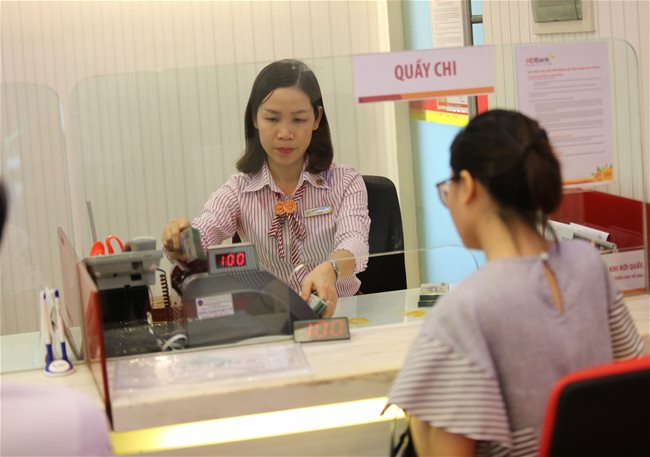HCMC – The bad debt ratio at commercial banks has soared to a four-year high of 1.9%, Le Trung Kien from the State Bank of Vietnam’s Banking Supervision Agency told a conference on bad debt settlement on November 24.
During the bank restructuring from 2016 to 2020, bad debt at banks dropped from 1.99% of total outstanding loans in late 2017 to 1.9% in 2018 and 1.63% in 2019.
However, the ratio edged up to 1.69% in late 2020 and 1.9% in late September this year, the local media reported.
The country has seen an average of 10,000 firms, mainly customers of commercial banks, withdrawing from the local market a month over the past few months, leading to a spike in bad debt.
Kien attributed the bad debt increase to the Covid-19 pandemic, which sent the Vietnamese economy into a tailspin from May to September and thus forced a large number of businesses to pull out of the market.
Nguyen Quoc Hung, general secretary of the Vietnam Banking Association, said that to support Covid-hit firms, the banking system has restructured debt totaling some VND600 trillion. The figure will continue to rise from now until next year as up to VND3,000 trillion in debt has been affected by the pandemic.
Banks are continuing restructuring debt. Meanwhile, many firms have fallen in financial turmoil as a result of pandemic restrictions, so an increase in bad debt is inevitable.
Banks have proposed extending the application of Resolution 42 on debt settlement, which has brought about positive results from the 2016-2020 bank restructuring plan. The resolution is set to expire next year.









